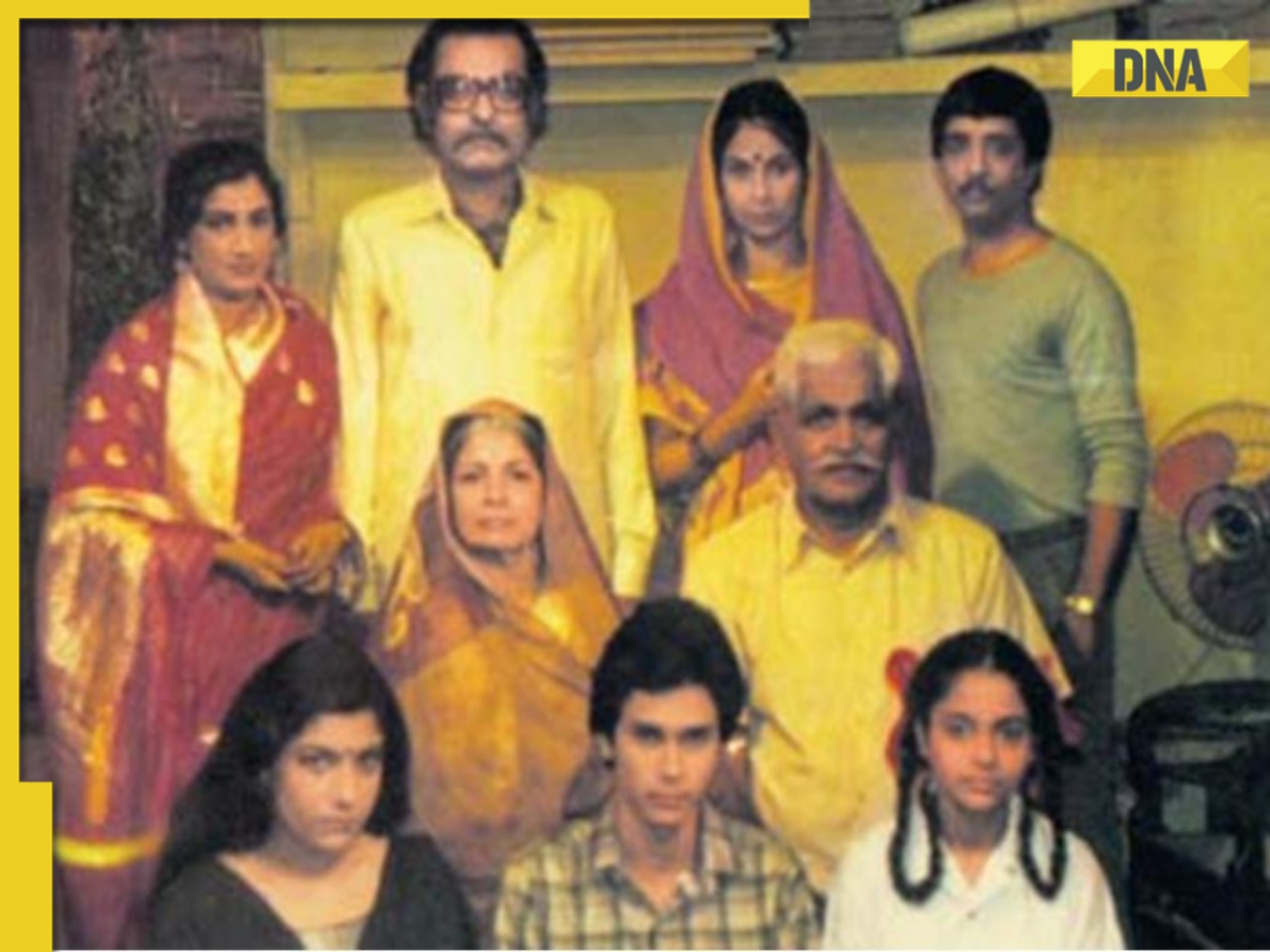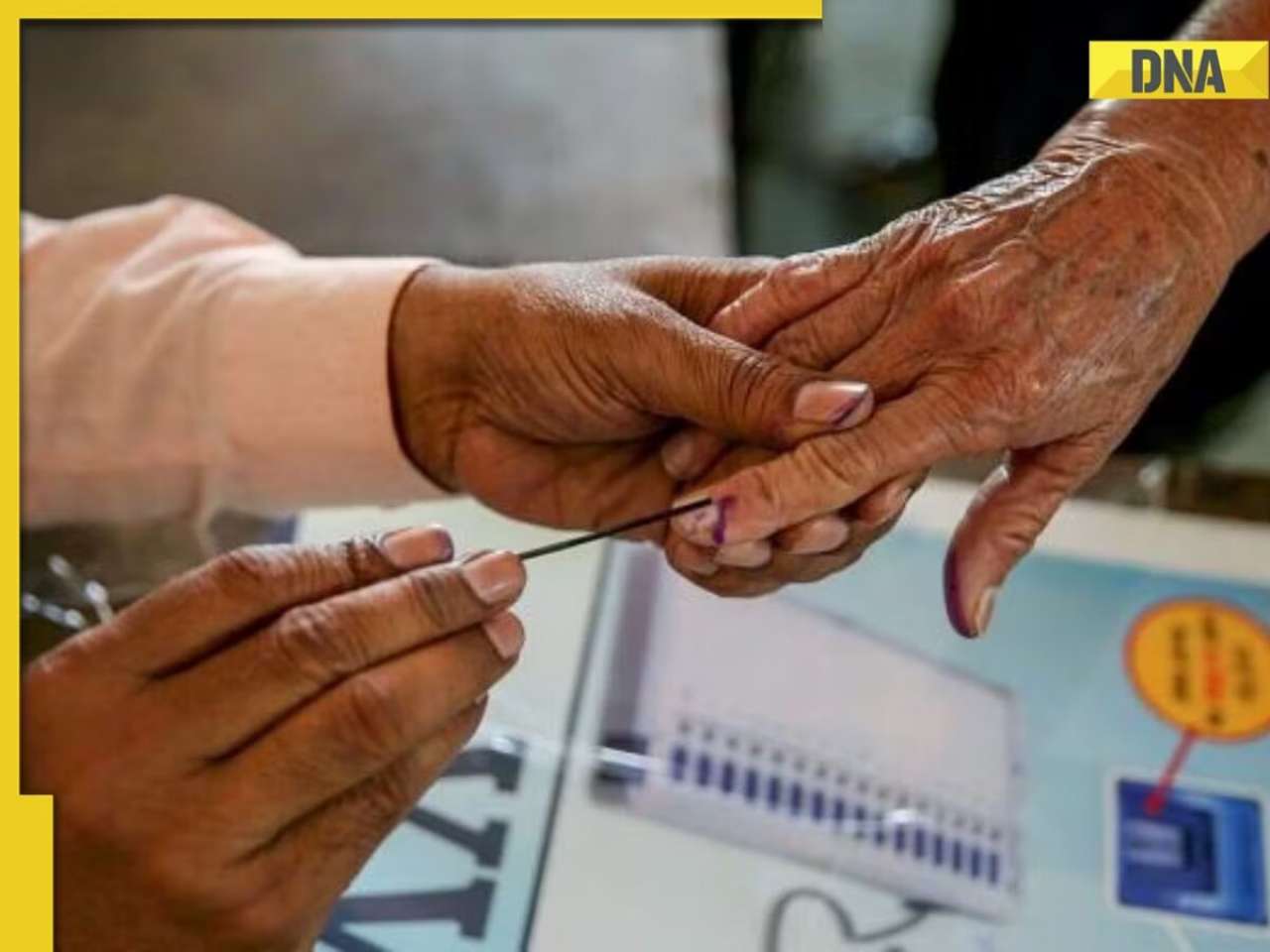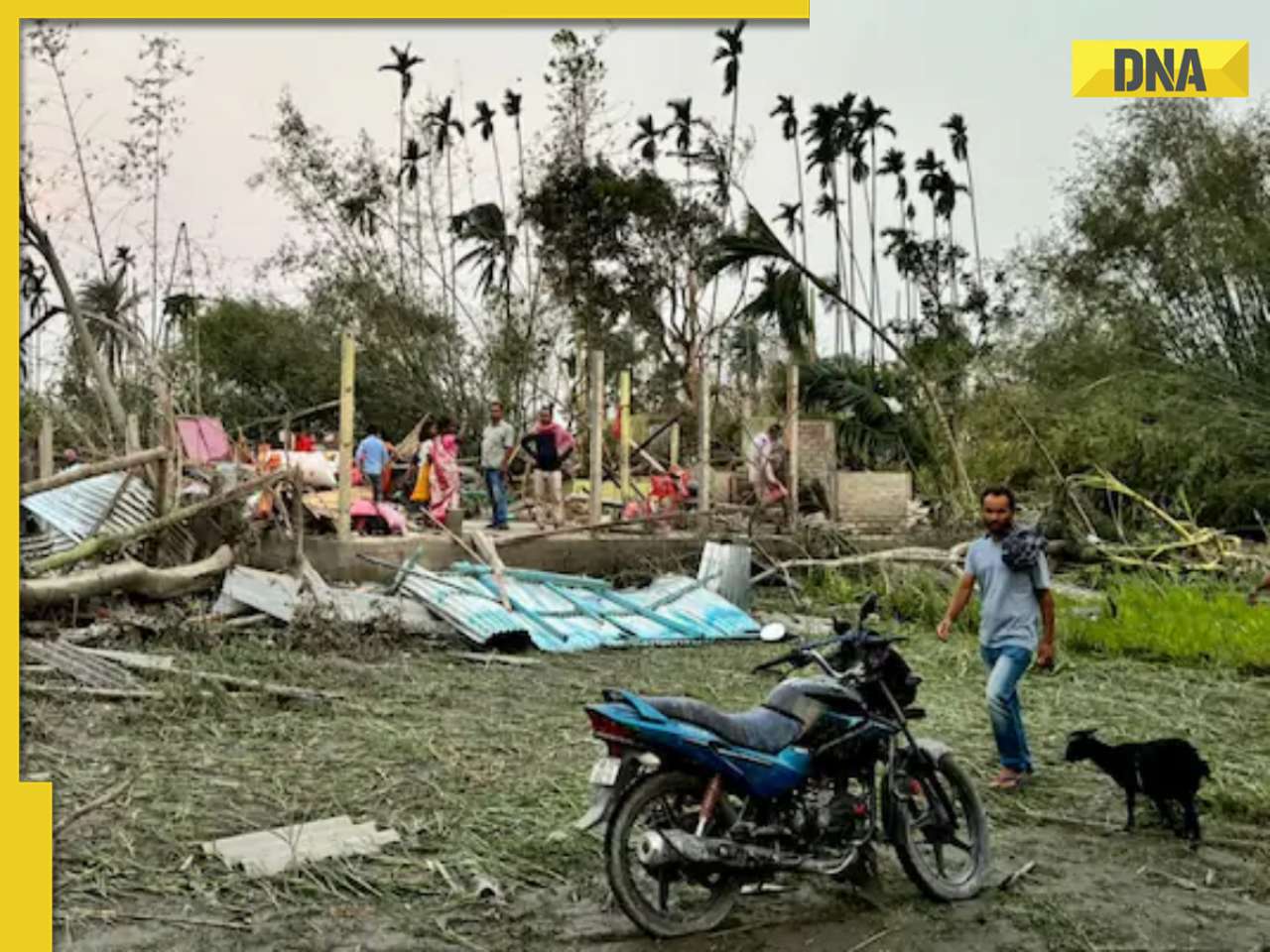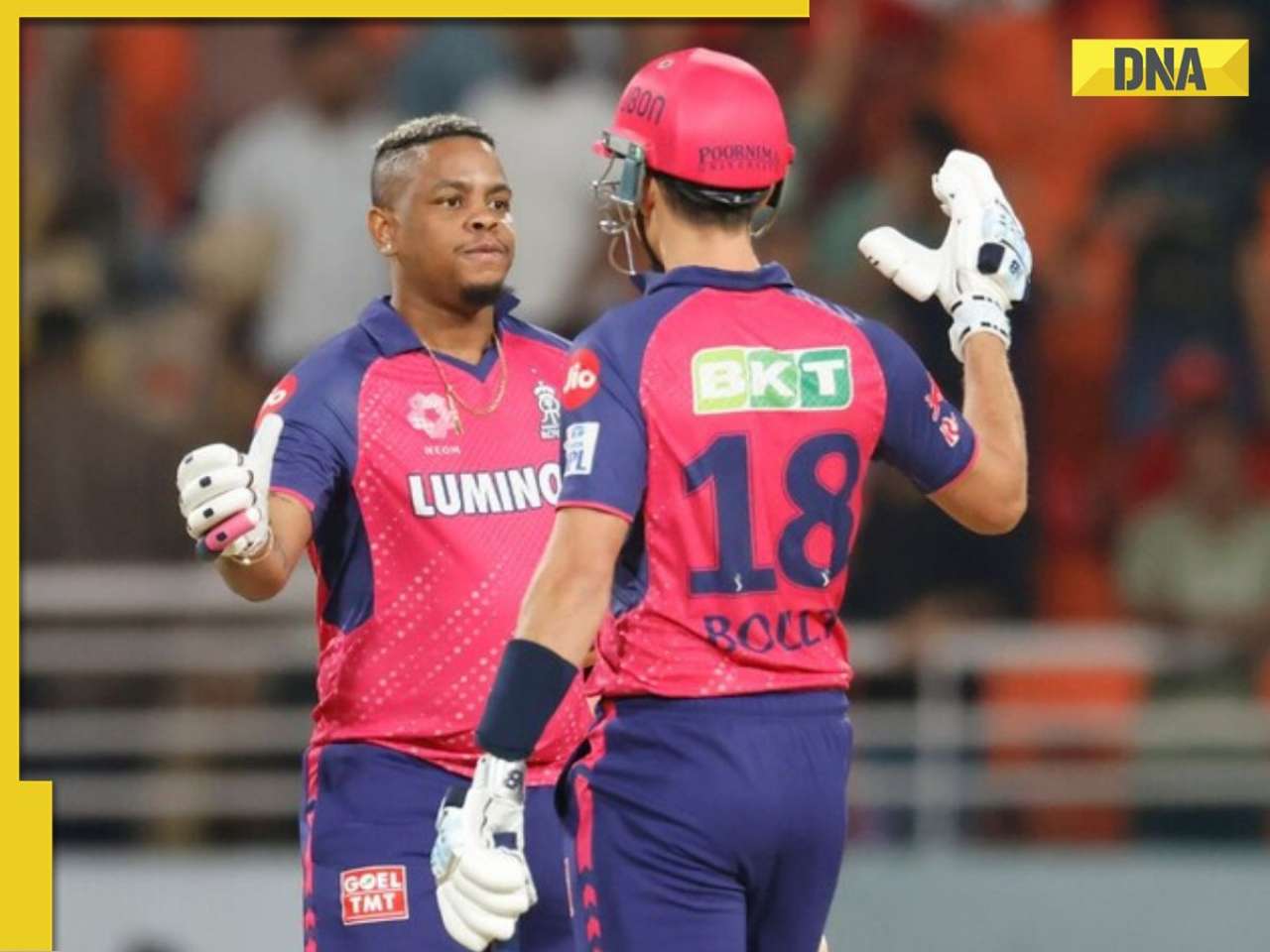With developers distorting the definition of 'affordability' to fit their convenience, the common Mumbaikar looking for a place to call home in this city has two options: get lucky or move far
A simple Google search for 'affordability' will take you to words such as inexpensiveness, ability to afford, and so on. In the real estate world, they pretty much mean the same, though with a pinch of subjectivity thrown in.
For instance, builders vouch that they build 'affordable houses' but that can also be a two-bedroom flat at a prime location, the logic being it is easily 'affordable' for some. Buyers, on the other hand, believe affordable housing means affording a not very expensive house within budget and not very far from the city centre. Either way, they are both far from what affordable housing means in the West.
Abroad, affordable housing generally means small and good houses in the heart of the city. Ironically, MHADA, since it holds so much land, has got somewhere close to the real meaning of affordable housing in Mumbai.
When K Bhat was looking to buy a house in 1992 he found the Rs 700-800 per sq ft rate in Mulund unaffordable. He finally had to settle for a home in Dombivali. Today, the Rs 12,000-plus per sq ft rate in Mulund for him is still unaffordable. "I would like to say that affordability is about one's income. If one earns sufficient to buy a house in South Mumbai for him that would be affordable too,"said Bhat.
 For developers affordability is a subjective term, it can be defined as what is affordable for a particular location. "For us affordability means 90 per cent to 95 per cent of people being able to afford a home for themselves at a certain price. Also for the Mumbai Metropolitan Region the idea is to provide quality homes in Rs 10-15 lakh bracket. People have a perception about affordable housing being low cost, with poor construction quality," said Rohit Poddar, Managing Director, Poddar Housing and Development Ltd.
For developers affordability is a subjective term, it can be defined as what is affordable for a particular location. "For us affordability means 90 per cent to 95 per cent of people being able to afford a home for themselves at a certain price. Also for the Mumbai Metropolitan Region the idea is to provide quality homes in Rs 10-15 lakh bracket. People have a perception about affordable housing being low cost, with poor construction quality," said Rohit Poddar, Managing Director, Poddar Housing and Development Ltd.
"While affordable housing is in the spotlight of real estate spectrum, developers should keep in mind that it is essential to keep a check on the quality of construction along with the amenities. The goal is to provide high-quality offering of lifestyle at a very reasonable price," he said.
Over the years, people's spending capacity has changed.
Advocate Vikas Naik says earlier many people would buy a home when they would retire, but that has changed. "Post-retirement a man would get an accumulated sum, which he would put into buying a house, till then many families would stay on rent. Also the reason was lack of availability of housing loans. However, things have changed now. Easy access to housing loan has made buying a house possible and affordable for many homebuyers."
Over the years, the term 'affordable got mixed up with low-cost and mass housing. The definition set by the central government is 30 sq m dwelling in four metropolitan cities and 60 sq m across the country.
Also Read: Mumbai: Citizens edged out of city limits
"Affordability is also defined by the location of the project and the size of the unit being offered to a homebuyer. As per the common man, 'affordability' is something that is defined by the financial aspect, that is, the price point of the apartment vis-à-vis the homebuyer's own funds for a home loan. So, the purchasing capacity of the customer, in reference to the price-point of the house, used to be defined as the buyers' 'affordability quotient'.
"Going beyond the set definition, affordable housing can be about compact homes with minimum amenities build on low-cost land or also small configuration homes amidst the larger development like townships wherein home buyers have the luxury to reap the benefits of larger socio-civic amenities," says Dr Niranjan Hiranandani, president, NAREDCO National, a real estate body.
The central government has also come up with several policy changes in the recent past to boost affordable housing. Of these, the Pradhan Mantri Awaas Yojna (PMAY) has lured many a developer in the affordable segment.
Under PMAY there's subsidy offered on the purchase of a first home.
While the government has defined affordable housing in terms of the area, in case of private developers, Hiranandani says that in the segment where there is an evolved definition scenario, the real estate developer has three parameters in mind: size, amenities and price point. In most instances, these three parameters are kept in mind when selling a project that is 'affordable'.
There is no denying the fact that people in Mumbai and nearby areas are looking for homes that are cheaper compared to what the current market rate is. To establish this point, look at the number of applications that MHADA received in the lottery it concluded last week. For 1,384 homes, MHADA received more than 1.64 lakh applications. Even the three most expensive homes located at Cumbala Hill priced between Rs 5.80 crore to Rs 4.99 crore received over 130 applications.
When Vinod Shirke, who won two of the three expensive MHADA homes, was asked why he went for such costly MHADA homes, he said: "At the rate at which MHADA was selling these homes, he wouldn't have found a home from a private developer." Which is true as well, because MHADA was selling the flat at almost a crore less than the market rate.
Not only private developers but even government authorities are now correcting their prices. MHADA even after the lottery has now decided to reduce the prices of its EWS and LIG homes further by five per cent.
While there exists government authorities like CIDCO and MHADA to offer affordable homes, why developers are moving towards affordable housing sector is one basic question that mostly remains unanswered. The answer for this can be found in one of the recently concluded property exhibition in Navi Mumbai. In this exhibition, around 600 homes found buyers. Of this, 360 homes, which is more than 50 per cent of the total number, were from the affordable segment. Haresh Chedda, president of CREDAI-BANM, a real estate body from Navi Mumbai that held the exhibitions, says, "Affordable homes here are up to 60 sq m and the maximum homes sold were between Rs 10 lakh and Rs 1 crore."
This shows why developers are moving towards affordable segment: buyers have been waiting for such homes.
![submenu-img]() Firing at Salman Khan's house: Shooter identified as Gurugram criminal 'involved in multiple killings', probe begins
Firing at Salman Khan's house: Shooter identified as Gurugram criminal 'involved in multiple killings', probe begins![submenu-img]() Salim Khan breaks silence after firing outside Salman Khan's Mumbai house: 'They want...'
Salim Khan breaks silence after firing outside Salman Khan's Mumbai house: 'They want...'![submenu-img]() India's first TV serial had 5 crore viewers; higher TRP than Naagin, Bigg Boss combined; it's not Ramayan, Mahabharat
India's first TV serial had 5 crore viewers; higher TRP than Naagin, Bigg Boss combined; it's not Ramayan, Mahabharat![submenu-img]() Vellore Lok Sabha constituency: Check polling date, candidates list, past election results
Vellore Lok Sabha constituency: Check polling date, candidates list, past election results![submenu-img]() Meet NEET-UG topper who didn't take admission in AIIMS Delhi despite scoring AIR 1 due to...
Meet NEET-UG topper who didn't take admission in AIIMS Delhi despite scoring AIR 1 due to...![submenu-img]() DNA Verified: Is CAA an anti-Muslim law? Centre terms news report as 'misleading'
DNA Verified: Is CAA an anti-Muslim law? Centre terms news report as 'misleading'![submenu-img]() DNA Verified: Lok Sabha Elections 2024 to be held on April 19? Know truth behind viral message
DNA Verified: Lok Sabha Elections 2024 to be held on April 19? Know truth behind viral message![submenu-img]() DNA Verified: Modi govt giving students free laptops under 'One Student One Laptop' scheme? Know truth here
DNA Verified: Modi govt giving students free laptops under 'One Student One Laptop' scheme? Know truth here![submenu-img]() DNA Verified: Shah Rukh Khan denies reports of his role in release of India's naval officers from Qatar
DNA Verified: Shah Rukh Khan denies reports of his role in release of India's naval officers from Qatar![submenu-img]() DNA Verified: Is govt providing Rs 1.6 lakh benefit to girls under PM Ladli Laxmi Yojana? Know truth
DNA Verified: Is govt providing Rs 1.6 lakh benefit to girls under PM Ladli Laxmi Yojana? Know truth![submenu-img]() Remember Jibraan Khan? Shah Rukh's son in Kabhi Khushi Kabhie Gham, who worked in Brahmastra; here’s how he looks now
Remember Jibraan Khan? Shah Rukh's son in Kabhi Khushi Kabhie Gham, who worked in Brahmastra; here’s how he looks now![submenu-img]() From Bade Miyan Chote Miyan to Aavesham: Indian movies to watch in theatres this weekend
From Bade Miyan Chote Miyan to Aavesham: Indian movies to watch in theatres this weekend ![submenu-img]() Streaming This Week: Amar Singh Chamkila, Premalu, Fallout, latest OTT releases to binge-watch
Streaming This Week: Amar Singh Chamkila, Premalu, Fallout, latest OTT releases to binge-watch![submenu-img]() Remember Tanvi Hegde? Son Pari's Fruity who has worked with Shahid Kapoor, here's how gorgeous she looks now
Remember Tanvi Hegde? Son Pari's Fruity who has worked with Shahid Kapoor, here's how gorgeous she looks now![submenu-img]() Remember Kinshuk Vaidya? Shaka Laka Boom Boom star, who worked with Ajay Devgn; here’s how dashing he looks now
Remember Kinshuk Vaidya? Shaka Laka Boom Boom star, who worked with Ajay Devgn; here’s how dashing he looks now![submenu-img]() DNA Explainer: How Iranian projectiles failed to breach iron-clad Israeli air defence
DNA Explainer: How Iranian projectiles failed to breach iron-clad Israeli air defence![submenu-img]() DNA Explainer: What is India's stand amid Iran-Israel conflict?
DNA Explainer: What is India's stand amid Iran-Israel conflict?![submenu-img]() DNA Explainer: Why Iran attacked Israel with hundreds of drones, missiles
DNA Explainer: Why Iran attacked Israel with hundreds of drones, missiles![submenu-img]() What is Katchatheevu island row between India and Sri Lanka? Why it has resurfaced before Lok Sabha Elections 2024?
What is Katchatheevu island row between India and Sri Lanka? Why it has resurfaced before Lok Sabha Elections 2024?![submenu-img]() DNA Explainer: Reason behind caused sudden storm in West Bengal, Assam, Manipur
DNA Explainer: Reason behind caused sudden storm in West Bengal, Assam, Manipur![submenu-img]() Firing at Salman Khan's house: Shooter identified as Gurugram criminal 'involved in multiple killings', probe begins
Firing at Salman Khan's house: Shooter identified as Gurugram criminal 'involved in multiple killings', probe begins![submenu-img]() Salim Khan breaks silence after firing outside Salman Khan's Mumbai house: 'They want...'
Salim Khan breaks silence after firing outside Salman Khan's Mumbai house: 'They want...'![submenu-img]() India's first TV serial had 5 crore viewers; higher TRP than Naagin, Bigg Boss combined; it's not Ramayan, Mahabharat
India's first TV serial had 5 crore viewers; higher TRP than Naagin, Bigg Boss combined; it's not Ramayan, Mahabharat![submenu-img]() This film has earned Rs 1000 crore before release, beaten Animal, Pathaan, Gadar 2 already; not Kalki 2898 AD, Singham 3
This film has earned Rs 1000 crore before release, beaten Animal, Pathaan, Gadar 2 already; not Kalki 2898 AD, Singham 3![submenu-img]() This Bollywood star was intimated by co-stars, abused by director, worked as AC mechanic, later gave Rs 2000-crore hit
This Bollywood star was intimated by co-stars, abused by director, worked as AC mechanic, later gave Rs 2000-crore hit![submenu-img]() IPL 2024: Rohit Sharma's century goes in vain as CSK beat MI by 20 runs
IPL 2024: Rohit Sharma's century goes in vain as CSK beat MI by 20 runs![submenu-img]() RCB vs SRH IPL 2024 Dream11 prediction: Fantasy cricket tips for Royal Challengers Bengaluru vs Sunrisers Hyderabad
RCB vs SRH IPL 2024 Dream11 prediction: Fantasy cricket tips for Royal Challengers Bengaluru vs Sunrisers Hyderabad ![submenu-img]() IPL 2024: Phil Salt, Mitchell Starc power Kolkata Knight Riders to 8-wicket win over Lucknow Super Giants
IPL 2024: Phil Salt, Mitchell Starc power Kolkata Knight Riders to 8-wicket win over Lucknow Super Giants![submenu-img]() IPL 2024: Why are Lucknow Super Giants wearing green and maroon jersey against Kolkata Knight Riders at Eden Gardens?
IPL 2024: Why are Lucknow Super Giants wearing green and maroon jersey against Kolkata Knight Riders at Eden Gardens?![submenu-img]() IPL 2024: Shimron Hetmyer, Yashasvi Jaiswal power RR to 3 wicket win over PBKS
IPL 2024: Shimron Hetmyer, Yashasvi Jaiswal power RR to 3 wicket win over PBKS![submenu-img]() Watch viral video: Isha Ambani, Shloka Mehta, Anant Ambani spotted at Janhvi Kapoor's home
Watch viral video: Isha Ambani, Shloka Mehta, Anant Ambani spotted at Janhvi Kapoor's home![submenu-img]() This diety holds special significance for Mukesh Ambani, Nita Ambani, Isha Ambani, Akash, Anant , it is located in...
This diety holds special significance for Mukesh Ambani, Nita Ambani, Isha Ambani, Akash, Anant , it is located in...![submenu-img]() Swiggy delivery partner steals Nike shoes kept outside flat, netizens react, watch viral video
Swiggy delivery partner steals Nike shoes kept outside flat, netizens react, watch viral video![submenu-img]() iPhone maker Apple warns users in India, other countries of this threat, know alert here
iPhone maker Apple warns users in India, other countries of this threat, know alert here![submenu-img]() Old Digi Yatra app will not work at airports, know how to download new app
Old Digi Yatra app will not work at airports, know how to download new app






































)
) For developers affordability is a subjective term, it can be defined as what is affordable for a particular location. "For us affordability means 90 per cent to 95 per cent of people being able to afford a home for themselves at a certain price. Also for the Mumbai Metropolitan Region the idea is to provide quality homes in Rs 10-15 lakh bracket. People have a perception about affordable housing being low cost, with poor construction quality," said Rohit Poddar, Managing Director, Poddar Housing and Development Ltd.
For developers affordability is a subjective term, it can be defined as what is affordable for a particular location. "For us affordability means 90 per cent to 95 per cent of people being able to afford a home for themselves at a certain price. Also for the Mumbai Metropolitan Region the idea is to provide quality homes in Rs 10-15 lakh bracket. People have a perception about affordable housing being low cost, with poor construction quality," said Rohit Poddar, Managing Director, Poddar Housing and Development Ltd.



)
)
)
)
)
)